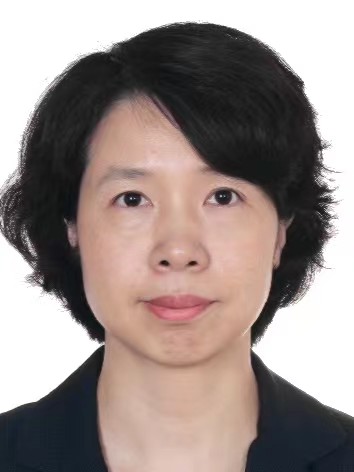
Lan Lin
Associate Professor, Master supervisor
E-mail:linl04@seu.edu.cn
Lan Lin, born in Wuhan, received her B.Sc. in Microbiology at Wuhan University, China, subsequently got her M.Sc. in Biology from McMaster University, Hamilton, Canada, and Ph.D. in Biology from State Key Laboratory of Pharmaceutical Biotechnology at Nanjing University, China. She has joined Southeast University (SEU), China since August, 2004 and is currently an associate professor in the School of Life Science & Technology at Southeast University at SEU.
During her tenure at SEU, she was a visiting scholar to Perelman School of Medicine at University of Pennsylvania, USA (2013–2014), and a visiting Associate Professor in Department of Biology at McMaster University, Canada (2020-2021). Her research area focusses on the mechanistic investigation of microbial secondary metabolism mediated by quorum sensing (QS), including microbial drug resistance. She has authored over 20 scientific publications over recent years. More than 10 papers she authored were SCI-indexed, one of which, published in BMC Immunology (2017), was among highly-cited papers (with citations of 527 by others so far) indexed by Web of Science (WoS).
She serves as the peer-reviewing expert for SCI-indexed journals including Appl. Microbiol. Biotech., Curr. Pharm. Biotech., Mol. Plant-Microbe Interact., Int. J. Mol. Sci., Macromol., Arch. Microbiol., etc. She is also a member of Chinese Society of Microbiology, and a member of Euro-American Returned Scholars Association of Southeast University.
She has undertaken several State- and Province-funded research projects, presiding over Jiangsu Province Natural Science Project, Industry-University-Research project and participating in National Science and Technology Support Plan Marine project as well.
She lectures the undergraduate major courses including Biopharmaceuticals, and graduate course Biotechnological fundamentals for innovative drugs R & D.
Selected Publications (* Corresponding author)
[1] Zhang Y.-G.; Zhang T.; Lin L.*(2024) Identification of Flo11-like adhesin in Schizosaccharomyces pombe and the mechanism of small-molecule compounds mediating biofilm formation in yeasts. Microorganisms 12, 358
[2] Lin L., Zhang T., Xu JP* (2023) Genetic and environmental factors influencing the production of select fungal colorants: Challenges and opportunities in industrial applications. J. Fungi 9: 585.
[3] Lin L.*, Xu JP* (2023) Production of fungal pigments: Molecular processes and their applications. J. Fungi 9: 44.
[4] Lin L., Xu JP* (2020) Fungal pigments and their roles associated with human health. J. Fungi
6: 280.
[5] Lin L.*, Xu X., Zheng Y., Zhang C. (2018) Effects of AttM lactonase on the pathogenicity of Streptomyces scabies. Lett. Appl. Microbiol. 67: 270-277
[6] Lin L., Chen L and Tran P. *(2017) Fission yeast neddylation ligase Dcn1 facilitates cohesion cleavage and chromosome segregation at anaphase. Biol. Open 6: 844-849.
[7] Lin L.*, Zhang J.*(2017) Role of intestinal microbiota and metabolites on gut homeostasis and human diseases. BMC Immunol.18: 2
[8] Lin L.*, Xu X. (2013) Indole-3-acetic acid production by endophytic Streptomyces sp. En-1 isolated from medicinal plants. Curr. Microbiol. 67: 209–217.
[9] Lin L.*, Zheng Y (2013) The AttM lactonase inhibits the production of valinomycin, mitochondrial toxin by Streptomyces griseus in indoor environments. J. Invest. Med. 61(4): S19.
[10] Lin L., Ge H-M, Qin Y-H, Yan T., Tan R.X.*(2012) Thaxtomin A-deficient endophytic Streptomyces sp. enhances plant disease resistance to pathogenic Streptomyces scabies. Planta 236:1849–1861.
[11] Lin L., Tan R. X.* (2011) Cross-kingdom actions of phytohormones: a functional scaffold exploration. Chem. Rev.111(4): 2734-2750.




